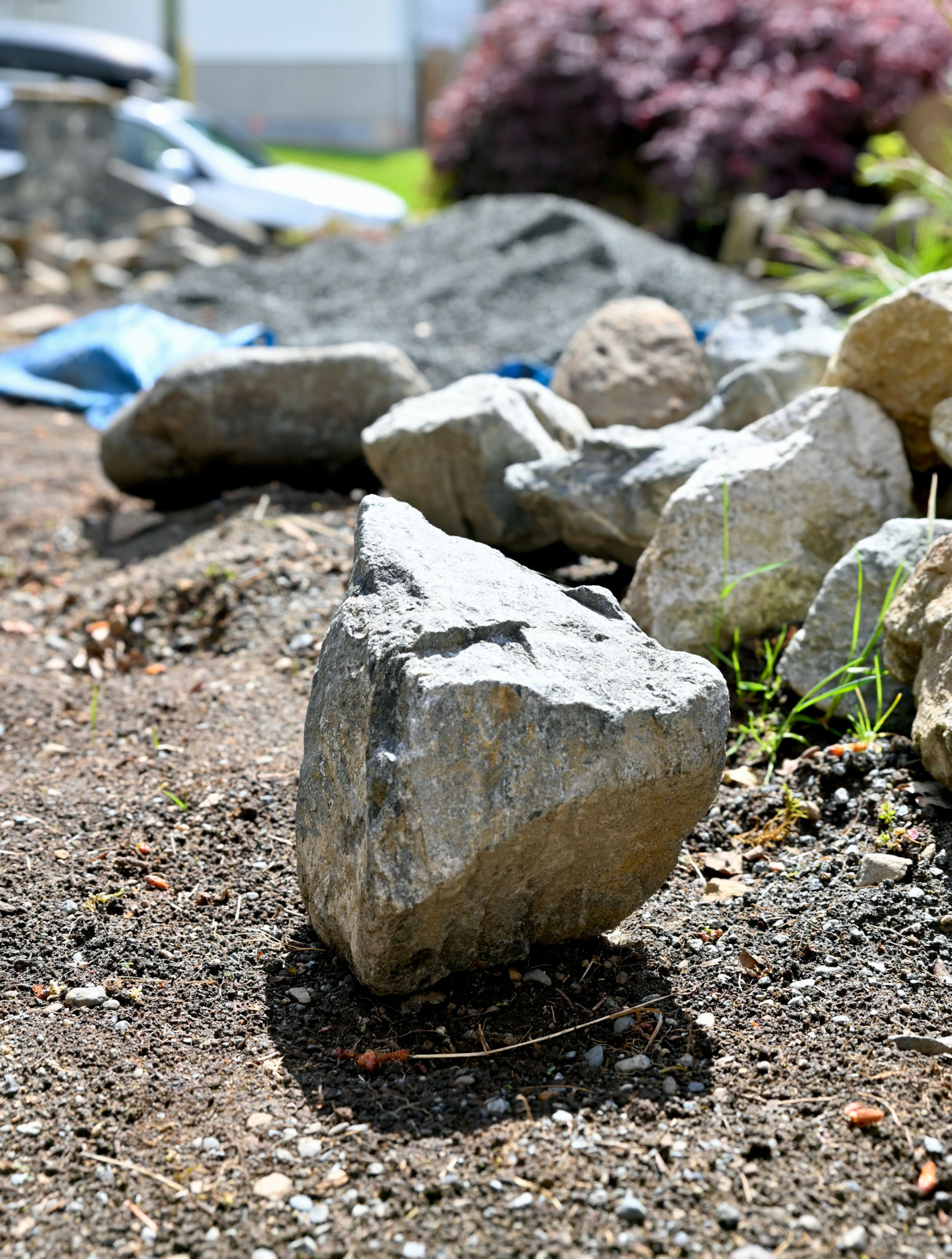DIY Hardscaping Projects to Enhance Your Curb Appeal
Understanding Hardscaping and Its Benefits
When it comes to enhancing your curb appeal, hardscaping can be a game-changer. Unlike softscaping, which involves plants and greenery, hardscaping includes the use of non-living elements such as stones, bricks, and wood. These elements can add structure and functionality to your outdoor space while providing a low-maintenance solution for busy homeowners.
Hardscaping offers numerous benefits, including increased property value, improved aesthetics, and better land management. By strategically incorporating hardscaping features into your landscape, you can create a cohesive and inviting outdoor environment.

Planning Your DIY Hardscaping Project
Before diving into any DIY hardscaping project, planning is crucial. Start by assessing your outdoor space and identifying areas that need improvement. Consider the overall design and style you wish to achieve, whether it's modern, rustic, or traditional.
Create a detailed sketch of your desired layout, including pathways, patios, retaining walls, or any other features you want to include. Make sure to measure your space accurately and list all the materials you will need. This step helps you stay organized and ensures you don't overlook any important details.
Essential Tools and Materials
For most hardscaping projects, you'll need a set of essential tools and materials. Here's a basic checklist to get you started:
- Shovel for digging and leveling the ground.
- Tape measure for accurate measurements.
- Level to ensure even surfaces.
- Wheelbarrow for transporting materials.
- Compactor to compact soil and base material.
- Materials such as pavers, stones, gravel, or wood depending on your project.

Building a Simple Stone Pathway
A stone pathway can be an excellent addition to any garden or front yard, providing both function and beauty. To start, outline the path using stakes and string, then excavate the area to the desired depth. Add a layer of gravel for drainage followed by a layer of sand to level the surface.
Next, place your stones or pavers in the desired pattern, ensuring they fit snugly together. Use a level to check that each stone is even with the others. Once satisfied with the layout, fill the gaps between stones with sand or small gravel to secure them in place.
Maintaining Your Hardscape Features
Proper maintenance is key to preserving the beauty and functionality of your hardscape features. Regularly sweep pathways and patios to remove debris and prevent weed growth. For stone surfaces, occasional power washing can help remove dirt and stains.

Exploring Advanced Hardscaping Projects
If you're feeling confident after completing simpler projects, consider tackling more advanced hardscaping endeavors like building a retaining wall or installing a fire pit. These features can add significant value and enjoyment to your outdoor space but may require additional tools and expertise.
Remember to research thoroughly and consider seeking professional advice if you're unsure about specific techniques or materials. Safety should always be a priority when working with heavy materials and tools.
In conclusion, DIY hardscaping projects offer an excellent opportunity to enhance your curb appeal while adding valuable features to your property. With careful planning and execution, you can transform your outdoor space into a beautiful and functional area that reflects your personal style.
